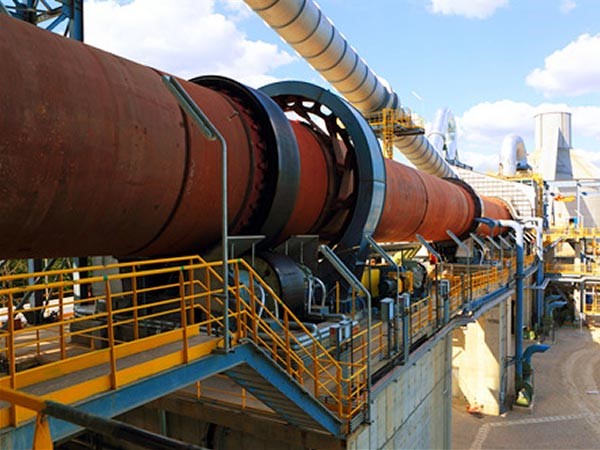Ceramsite sand production line
Material introduction
Ceramsite sand is a kind of ceramic particle product with high fracturing strength. At the same time, due to its low density, thermal insulation, excellent impermeability, excellent alkali-resistant aggregate reactivity, low water absorption, frost resistance, and It has many advantages such as good durability. It has a wide range of uses and involves many fields. It is mainly used for downhole support in oil fields to increase the output of oil and gas. It is an environmentally friendly product. This product uses bauxite, coal and other raw materials, sintered from ceramics. It is a substitute for low- and medium-strength proppants such as natural quartz sand, glass balls, and metal balls, and has a good effect on increasing oil and gas production. In addition, ceramsite sand is also widely used in building materials, refractories, thermal insulation materials, water purification, gardening, chemical and other sectors. The application fields are becoming wider and wider, and it is still expanding, and the investment prospects are good.
Process flow
The whole process of ceramsite sand production is roughly crushing → batching → grinding → ball making → calcination → coal powder preparation → finished product cooling → screening → packaging. After passing the previous procedures, the materials are sent to the rotary kiln equipment. The materials enter the kiln at the high end. Under the action of the rotary motion of the kiln body, the materials roll down from the kiln tail to the kiln head, and at the same time, in the kiln At the head, a high-pressure fan injects pulverized coal or other fuel into the kiln and makes it fully burned. The heat generated makes the material undergo physical and chemical changes, resulting in expansion, and it becomes ceramsite after cooling.

Production line advantage
1. The entire production line has a reasonable layout, smooth process, high degree of automation, and energy saving;
2. The main equipment rotary kiln calcining parameters are monitored in real time, and the product firing quality is good;
3. Mechanized joint control operation, low labor intensity;
4. Good production and energy consumption ratio and low operating cost.



Get a Quote